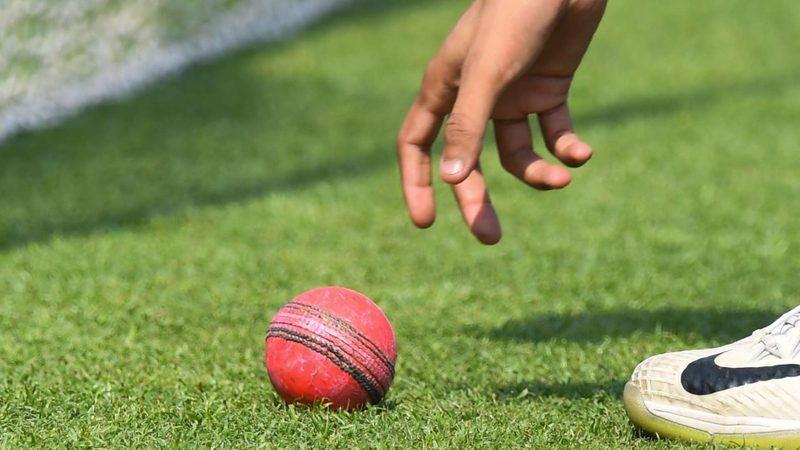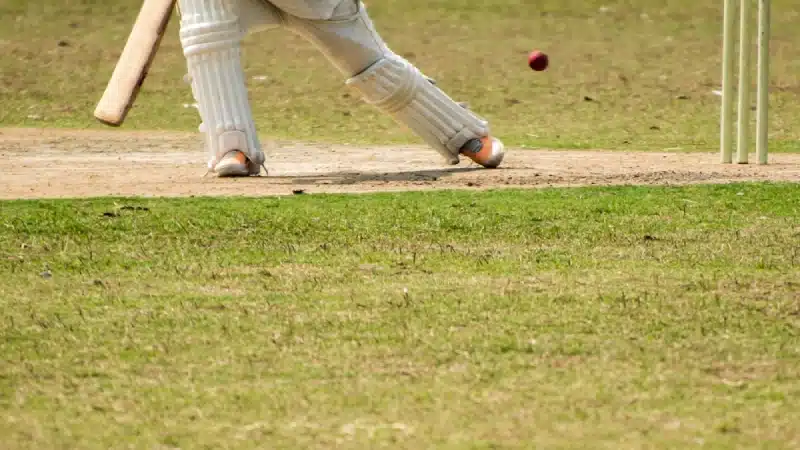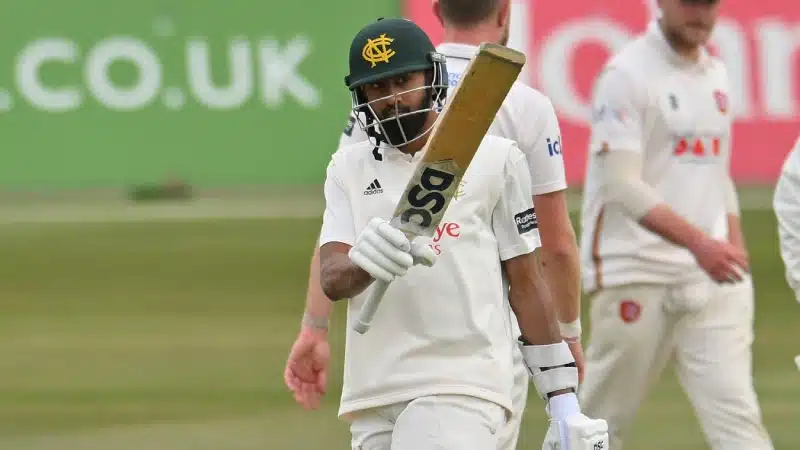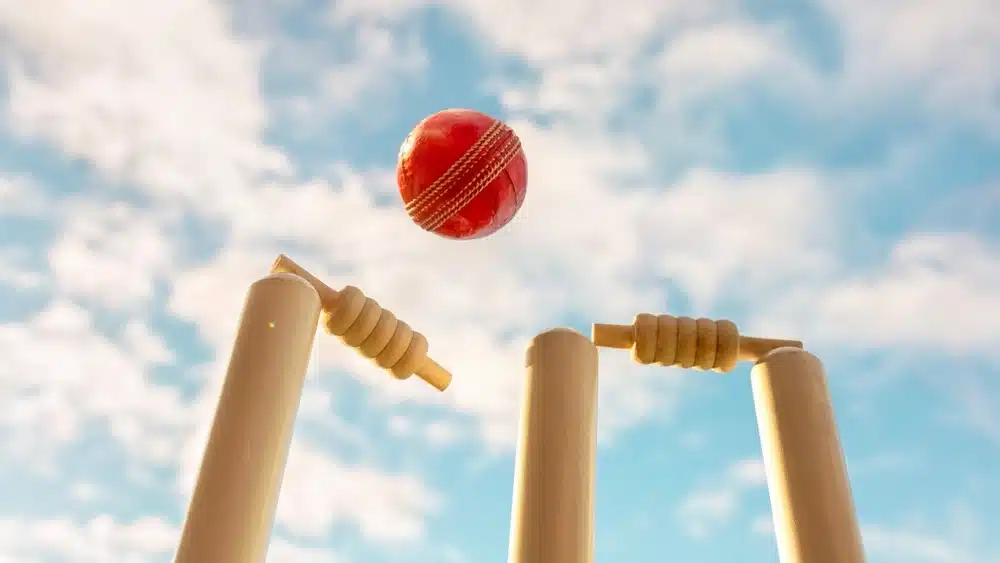
India have finally joined the bandwagon and will play a day-night pink-ball Test match at Kolkata against Bangladesh on November 22. While eight of the first 10 major Test teams have all played a pink-ball Test, India and Bangladesh are late to the party and will play their maiden one.
While we saw a three-day finish in Indore, all eyes right from the beginning were always on the Kolkata Test with the day-night affair promising much. But, what can we actually expect from the pink ball Test?
More pace domination
India’s pace bowlers took 14 of the 20 Bangladesh wickets to fall in the first Test at Indore. In the South African series, India’s pace bowlers dominated South Africa’s own and returned with much better number’s than their famed counterparts. It showed one thing. India are no longer dependent on spin at home with the kind of pace bowling attack they have. It also means another thing. India needn’t just produce dust bowls at home to beat visiting sides. South Africa got a taste of it, so did Bangladesh at Indore. But at Kolkata, a pace-dominant venue in the last few years, it could be even more telling. The pink ball swings and seams around a lot more than it’s red counterpart and we could see India’s pacers thriving again.
Read: The differences between red and pink ball in Test cricket
More crowds
The whole purpose of the day-night Test was to bring in the crowd. With matches set to start post noon and the third session to be played under lights, office-goers and school students have a better chance of catching some live-action even if the games are played on weekdays. This is a far cry from the case in normal Test matches. For instance, in India, a normal Test match starts at 9.30 am and ends by 5 pm which is basically office timings. This affects the crowd coming to the stadium to attend the matches. The day-night Test will mean that crowds can catch more live action. So it’s more profitable for the hosts, for the stadiums and the broadcasters. A win-win for all parties. At Kolkata, where we generally see a large crowd, the day-night Test could witness a full-house. Sourav Ganguly’s influence as BCCI President could also mean we will have some celebrity guests in the house.
Different team strategies
Both teams have little experience of the pink ball. Ravichandran Ashwin said that it sometimes looks like an orange ball while Cheteshwar Pujara, Virat Kohli and Ajinkya Rahane acknowledged that it swung a lot more than the conventional red ball. With the conditions vastly different and the dew and floodlights becoming a factor aside from the whole new variant of the ball, we could see varied team strategies. The nightwatchman could be adopted more with batting under lights being a huge headache. The third session is when the pink ball moves around a lot more than in the first two sessions. So under lights, we could see the pacemen operating more, which means saving their energy for the final burst by using them in short spells earlier on. Similarly, a slew of strategies might change as we arrive at Kolkata for this historic Test match.
Read: Battered Bangladesh must learn from India demolition, says captain
Feature image courtesy: AFP / Dibyangshu Sarkar




















